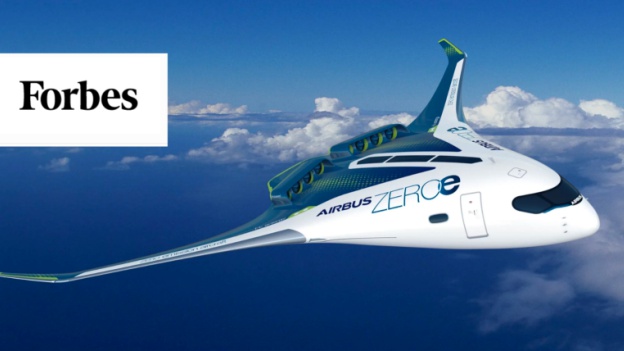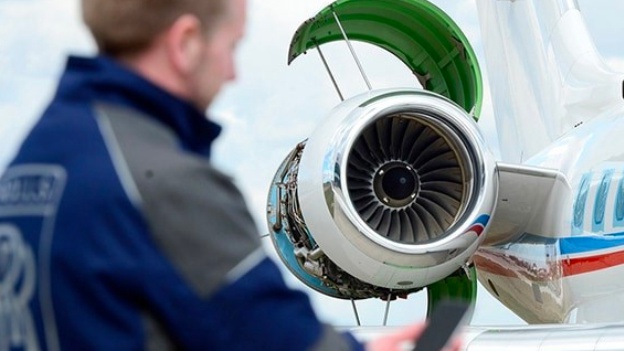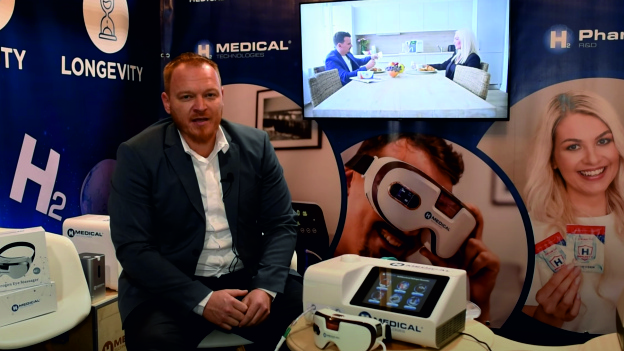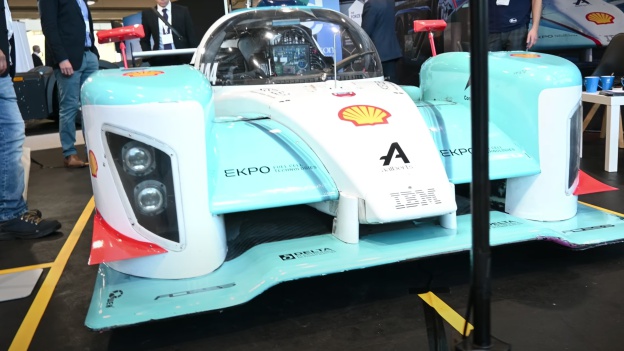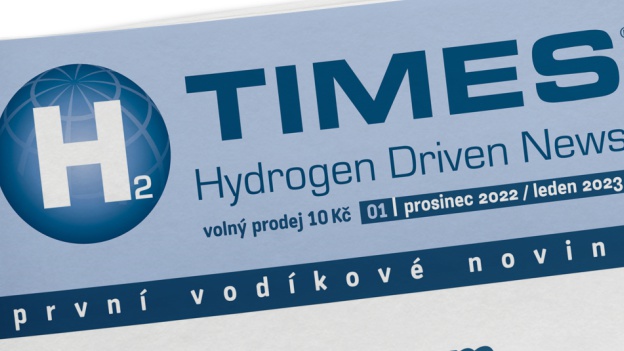Japan’s Kobe-Osaka International Port Corporation is launching an initiative to showcase the operational prowess of hydrogen-fueled cargo handling machinery, marking a global first in converting a rubber-tired gantry (RTG) crane’s diesel engine generator to a hydrogen engine generator.
MOL will receive government funding to help with a demonstration project at the international container terminal in Kobe.
"In Japan's ports and coastal areas, efforts are being made to develop carbon-neutral ports to improve port functions for decarbonisation and improve the environment for the adoption of hydrogen and other clean alternative fuels," MOL said in a statement.
"Expectations for hydrogen as a clean energy source around the world are growing as the realisation of a decarbonised society approaches," MOL said in announcing the project. "Efforts are underway to develop technologies for cargo-handling machines using hydrogen as an energy source, including this demonstration project, which is the first in the world to convert a diesel-powered RTG into a hydrogen-powered generator."
As part of this effort, the Kobe-Osaka International Port will work to introduce hydrogen power to ensure a smooth and safe transition. This effort will be implemented through on-site demonstrations of the port's decarbonized operation in collaboration with Shosen Koun Co. which owns RTG as the operator of KICT.
The project involves collaboration with various partners, including Mitsui Engineering & Shipbuilding Co, which is the manufacturer of the RTG, iLabo Co, which specializes in hydrogen engines, Iwatani Corporation, which provides hydrogen supply, transportation and refueling, and Universal Energy Laboratory Corporation, a consulting company.
During fiscal year 2022-2023, the partners will work on project planning to formulate a demonstration plan. In the following fiscal year, 2023-2024, they will focus on rebuilding the RTG crane and its test operation, which will provide the basis for the field demonstration.
During the 2025 project, on-site verification will be conducted, focusing on data collection and detailed analysis. Thereafter, in the period fiscal years 2025 to 2026, the project will be ready for further refinement through the revision of technical standards and the establishment of benchmarks in the field of material handling equipment.
Japan's Hydrogen Core Strategy identifies hydrogen as an alternative to fossil fuels as part of its decarbonization efforts. In this strategy, Japan commits to a target of 3 million tonnes of hydrogen per year by 2030, 12 million tonnes per year by 2040 and 20 million tonnes per year by 2050.
Photo source: Mitsui OSK Lines












